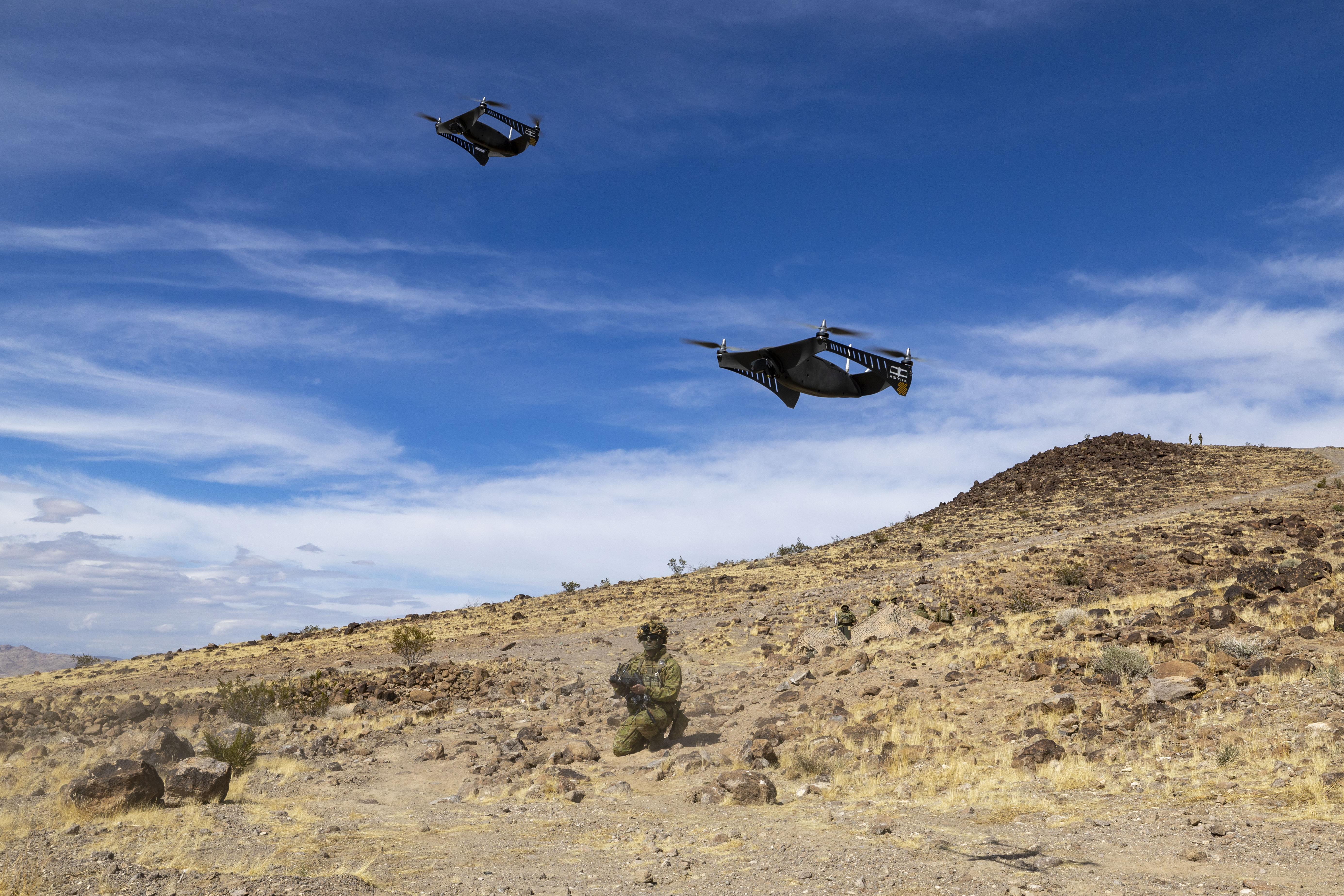Defence News

Spitfire ace back in the cockpit after 80 years
A Second World War Spitfire ace was reunited with the airframe for the first time in 80 years at the Australian International Airshow. At 100 years of age, Warrant Officer (Retd) John McDonald sat in the cockpit of a 100 Squadron Spitfire, part of the RAAF heritage flight showcased at the event. John enlisted in the Air Force on 26 February 1943. He learnt to fly on Tiger Moths and Wirraways before flying the legendary Spitfire.
‘It was amazing watching him,’ said Flight Lieutenant JB, a combat fighter instructor. ‘As soon as he got into the cockpit, he knew exactly where to put his hands on the control stick and he put his finger on the trigger.’
Wing Commander Richard Brougham said John got to meet some of the newer generation of fighter pilots, as well as the pilot who flew the Spitfire in the display and some of the younger aviators in 100 Squadron.
‘It was great they got to talk to living history and, when he spoke to the display pilot who flew the Spitfire, he gave him some instructional technique on landing, which was terrific,’ Wing Commander Brougham said. ‘It’s great current members got to meet someone who has flown this aircraft.’
Read the full article on Defence News.
Keeping PNG safe from detritus of war
In June, personnel from Australia, Papua New Guinea, France, Japan, the United States and other international partners gathered in PNG for Operation Render Safe to reduce the threat of wartime ordnance remnants and connect with the people living among them.
Personnel from the explosive ordnance disposal team, Wallaby One, visited Sikut Matupit Primary School in Rabaul with international partners, engaging with students and teachers about the dangers of unexploded ordnance and the importance of staying safe around suspicious items.
‘The team spoke with local residents about the risks unexploded ordnance poses and how to report anything that looks suspicious,' said Captain Stephen Smith.
‘It’s not just about clearing remnants of war – it’s about building relationships within the local community. You can’t separate safety from community. If they trust us, they’ll talk to us – and that helps everyone. The more we can engage, the more confident people feel reporting something unusual.’
Read the full article on Defence News.
Converting brain power to fire power
With drones buzzing overhead and uncrewed vehicles scrabbling over the harsh desert terrain, Australian soldiers were given a glimpse of the future during Project Convergence – Capstone 5 (PCC5). About 140 Australian personnel gathered at the US Army National Training Center with counterparts from the US, UK, New Zealand, Canada and France integrating emerging technologies into a joint multinational force.
Major Ben Peterson, of 1st Armoured Regiment, said Australians were working alongside the UK Robotics and Autonomous Systems Battlegroup on hyper-teaming, one of the key technologies being experimented with, which tested human-machine integration in a field environment. ‘We’re getting one soldier to do something that previously took many soldiers. For example, a single controller using multiple uncrewed ground and aerial systems at once,’ he said.
Another example is digitalised joint modular intermodal logistics systems that uses electronic tags to track items through a computer network, no matter where they are and which force they belonged, enabling partner nations to demand resources that aren’t within their own systems.
Covert technologies were also being put to the test in the Californian desert, such as a new radio system that has the potential to reshape the battlefield. The Australian-designed and built TrapRadio supports Australian soldiers through force protection and the use of artificial intelligence and machine learning. It is able to generate a deception to support commanders, mimicking high-value targets, which creates a dilemma for adversary operators.
Read the full article on Defence News.
Regiment recognised for Somalia operation
On 7 April, Governor-General Sam Mostyn presented the Meritorious Unit Citation to the 1st Battalion, Royal Australian Regiment (1RAR) for outstanding professionalism and exemplary conduct during Operation Solace in Somalia. Over 17 weeks, the soldiers of 1RAR contended with extreme heat, gunfire exchanges with militia, and the humanitarian toll of civil war.
Besides the shock of human suffering, the soldiers also adapted from having trained mainly in jungle back home, to urban and town patrolling in Somalia. ‘But our training had been excellent and the fundamentals of soldiering and patrolling were still used, we just had to tweak it a bit,’ said former Corporal Terry Conner. ‘It wasn’t until you went out into the villages that you really saw they were definitely suffering. We treated people at checkpoints who had been shot in the chest. Children who’d been wounded playing with explosives.’
The Australian forces provided security for food distribution, confiscated weapons from Somali militia and hand-drew maps of the operating area to identify key locations and non-government organisation buildings. About 1,100 patrols were undertaken and more than 1,000 weapons seized from Somali fighters. Tragically, Lance-Corporal Shannon McAliney was killed by accidental fire while on patrol.
Read the full article on Defence News.